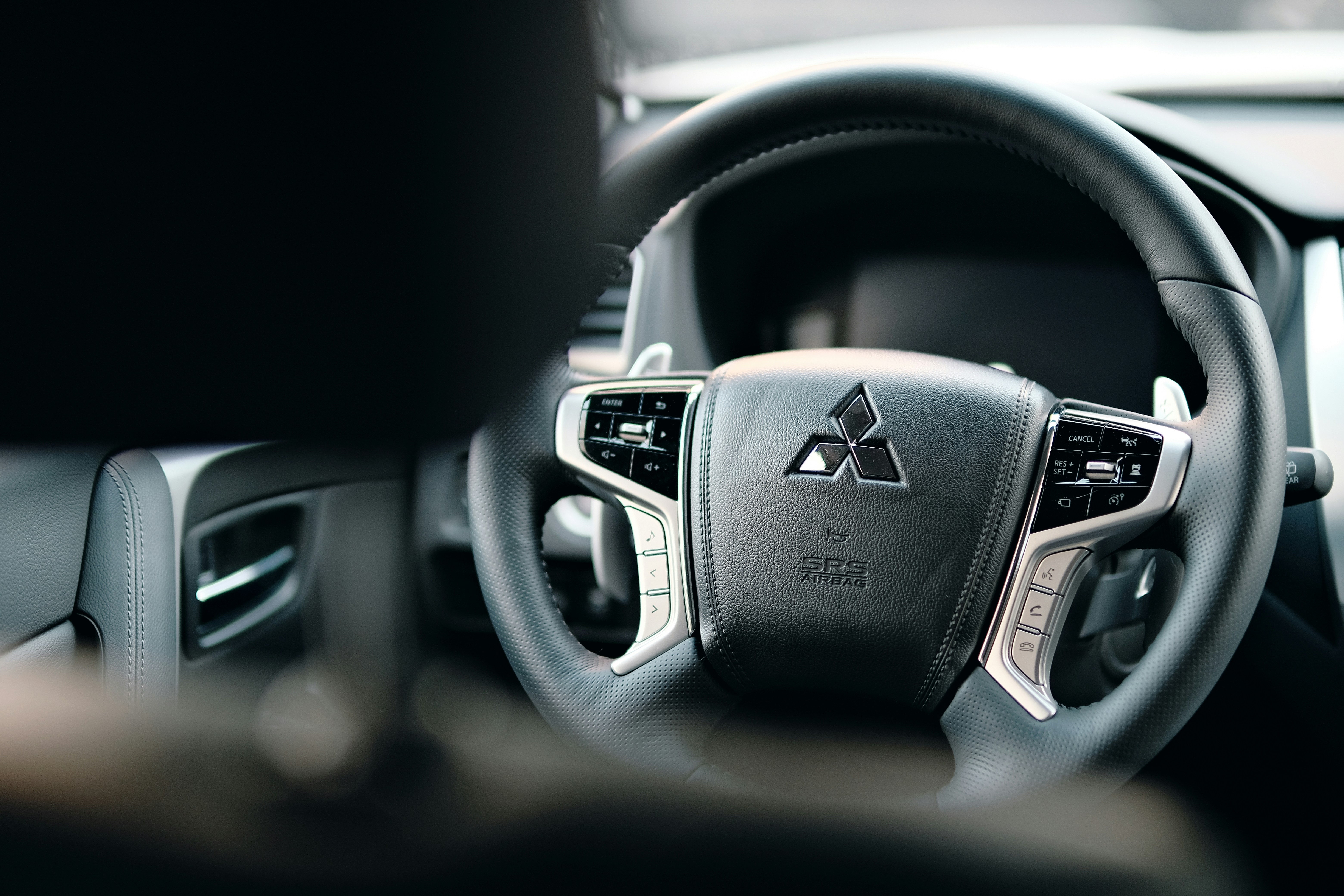Automotive Biometrics: The Future of Personalized Driving
Imagine stepping into your car, and before you even touch the steering wheel, it recognizes you. The seat adjusts to your preferred position, the mirrors align perfectly, and your favorite playlist starts playing. Welcome to the world of automotive biometrics, where your vehicle becomes an extension of you.

The Science Behind Automotive Biometrics
Automotive biometrics leverages various biological markers to identify and authenticate drivers. These can include fingerprints, facial recognition, voice patterns, and even heart rate signatures. Advanced sensors and algorithms work in tandem to create a unique biological profile for each user, ensuring that the vehicle responds only to authorized individuals.
The technology relies on a combination of hardware and software solutions. High-resolution cameras for facial recognition, capacitive sensors for fingerprint scanning, and sophisticated microphones for voice analysis are seamlessly integrated into the vehicle’s interior. These components are backed by powerful onboard computers capable of processing complex biometric data in real-time.
Enhanced Security and Anti-Theft Measures
One of the primary advantages of automotive biometrics is the significant boost to vehicle security. Traditional key fobs and alarm systems are becoming increasingly vulnerable to tech-savvy thieves. Biometric authentication adds an extra layer of protection that is exceedingly difficult to bypass.
Fingerprint recognition can be used to start the engine, ensuring that only registered users can operate the vehicle. Facial recognition systems can alert the owner if an unrecognized individual attempts to enter the car. Some advanced systems even incorporate continuous authentication, monitoring the driver throughout the journey to prevent unauthorized use if the original driver exits the vehicle.
Personalization and Comfort
Biometric technology enables an unprecedented level of personalization in automotive interiors. Upon recognizing the driver, the vehicle can automatically adjust various settings to match their preferences. This includes seat position, steering wheel height, mirror angles, climate control settings, and even the firmness of the suspension system in high-end vehicles.
The potential for health monitoring is another exciting aspect of this technology. By tracking vital signs such as heart rate and body temperature, the vehicle can detect signs of fatigue or stress in the driver. This information can be used to suggest rest stops or adjust the cabin environment to promote alertness and comfort during long journeys.
Seamless Integration with Connected Services
As vehicles become increasingly connected, biometric authentication serves as a secure gateway to a wide range of digital services. From making hands-free payments at drive-throughs to accessing personalized entertainment content, the possibilities are vast.
Biometric data can also be used to enhance the functionality of voice-activated controls. By recognizing individual speech patterns, the system can more accurately interpret commands and respond to nuanced requests, creating a more intuitive and efficient interface between driver and vehicle.
Challenges and Ethical Considerations
While the potential benefits of automotive biometrics are significant, the technology is not without its challenges. Privacy concerns are at the forefront, as biometric data is highly personal and requires robust protection against unauthorized access or breaches.
There are also technical hurdles to overcome. Ensuring consistent accuracy across various lighting conditions and accounting for changes in appearance (such as growing facial hair or wearing glasses) are ongoing challenges for facial recognition systems. Similarly, fingerprint sensors must be able to function reliably despite exposure to varying temperatures and potential contaminants.
The ethical implications of widespread biometric use in vehicles are also a topic of debate. Questions about data ownership, the right to anonymity, and the potential for surveillance raise important considerations that must be addressed as the technology evolves.
The Road Ahead for Automotive Biometrics
As biometric technology continues to advance, we can expect to see even more innovative applications in the automotive sector. Emotional recognition systems that can detect a driver’s mood and adjust the vehicle’s ambiance accordingly are already in development. Similarly, eye-tracking technology could be used to enhance safety by monitoring driver attention and alertness.
The integration of biometrics with artificial intelligence and machine learning algorithms holds promise for creating truly adaptive vehicles that learn and evolve with their owners over time. This could lead to cars that not only recognize their drivers but anticipate their needs and preferences with increasing accuracy.
In conclusion, automotive biometrics represents a significant leap forward in the personalization and security of our vehicles. As the technology matures and becomes more widespread, it has the potential to redefine our relationship with our cars, transforming them from mere modes of transportation into highly responsive, intelligent companions on the road. The journey towards this biometric-enabled automotive future is well underway, and the destination promises to be nothing short of revolutionary.





